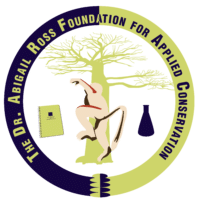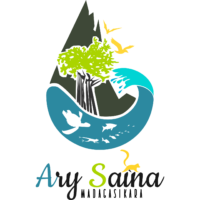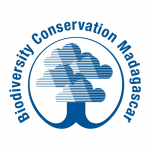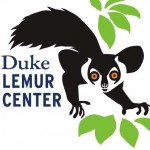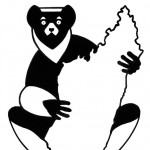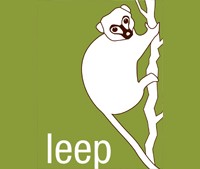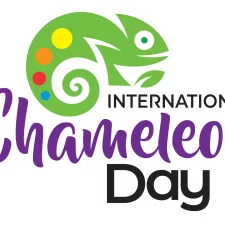Narrow conservation organizations and research groups by lemur species, what they do, and where they work in Madagascar.
- Lemurs they support
- Conservation work
- Community support
- Location
-
The Dr. Abigail Ross Foundation for Applied Conservation (TDARFAC)
Supporting Member of LCNTDARFAC’s mission is to solve critical conservation problems by cultivating new approaches with innovative techniques and applications through the support of community-led initiatives. We focus on building capacity, amplifying voices, and partnering with local communities.
-
Wildlife Madagascar
Supporting Member of LCNWildlife Madagascar seeks to address Madagascar’s biodiversity crisis by integrating wildlife conservation programs with community development. They conduct scientific studies, provide habitat protection, and partner with local communities in training, resource use, and enterprise to create lasting and sustainable change.
-
Ary Saina
Ary Saina is a group of Malagasy conservation biologists conducting scientific research and working with communities in the Ihofa Forest and Ranomafana National Park.
-
Biodiversity Conservation Madagascar
Biodiversity Conservation Madagascar (BCM) is the conservation arm of Bioculture Ltd. They manage two forests on behalf of the Malagasy government through Conservation Leases: a lowland rainforest in Sahafina and the Beanka dry deciduous forest in Maintirano.
-
Duke Lemur Center
The Duke Lemur Center (DLC) advances science through interdisciplinary research on lemurs at its living laboratory in North Carolina. The DLC SAVA Conservation project conducts conservation through environmental education, community development, and research in northeast Madagascar.
-
GERP: Groupe d’étude et de recherche sur les primates de Madagascar
With nearly 200 Malagasy members, including scientists and primatologists, GERP works with local communities to conserve lemurs and manages the Maromizaha forest in eastern Madagascar.
-
LEEP at University of Arizona
The Laboratory for the Evolutionary Endocrinology of Primates (LEEP) focuses on primate research and conservation, with a focus on lemurs and how lemurs negotiate survival and reproduction in dynamic environments.
-
Man and the Environment: Net Positive Impact Program
Man and the Environment’s Net Positive Impact partners with local community organizations in three forests is to ensure long-term forest and lemur conservation and provide sustainable economic activities.
-
Wildlife Conservation Society
In Madagascar, WCS works in and around Marika National Park in northeast Madagascar, where they partner with local communities to ensure lasting conservation success.

